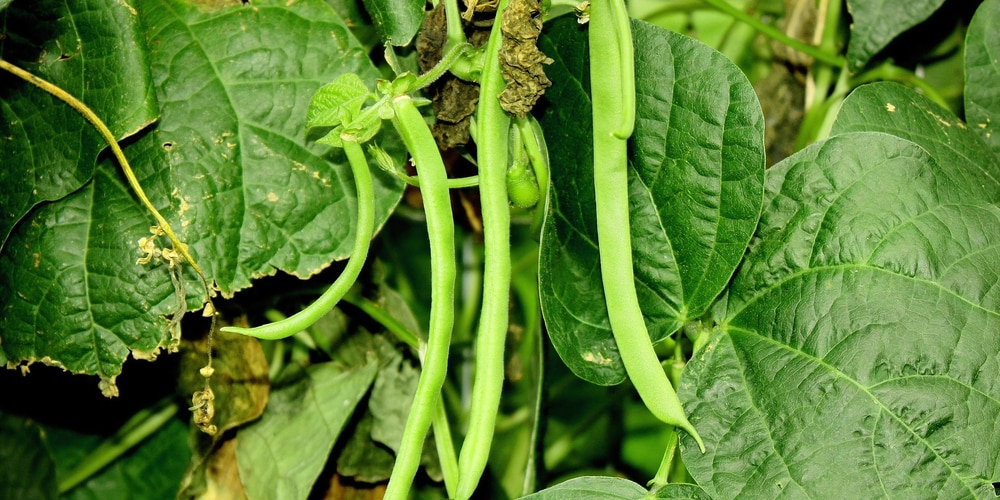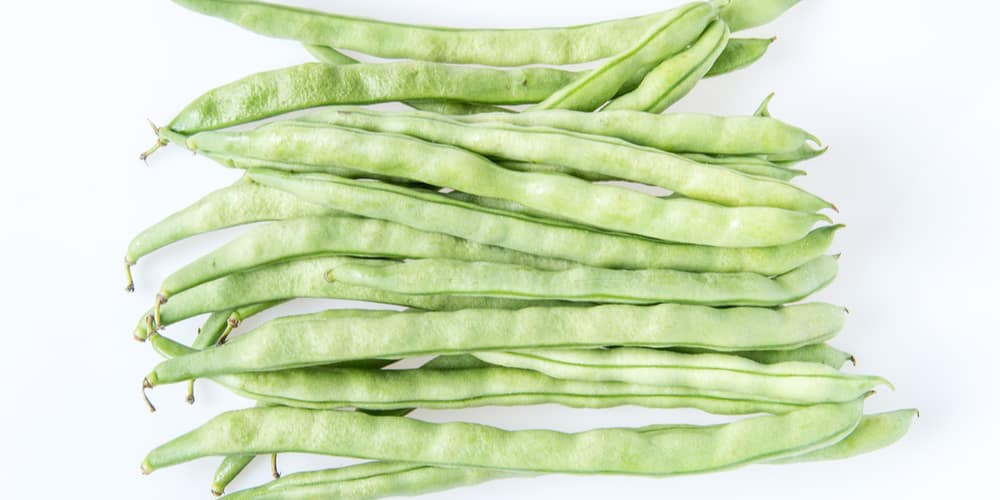Are you growing a vegetable garden? Would you like to add Kentucky Wonder Pole beans to your yard? You have landed in the right place! Here, you can explore everything you need about these veggies and learn how to make the most out of them.
These native American crops are ancient and relatively easy to grow (if you know what they need). After all, the plant is one of the most common varieties of beans among most gardeners. This variety is resistant to rust and can grow long (between 6 to 8 feet).
Still, because of their pole characteristics, these beans don’t take much space in the garden, making them ideal if you don’t have a large yard (or if you are growing them in containers). The plant will produce 7 inches long beans that will appear during the summer (and sometimes even fall).
But what else should you know about Kentucky Wonder Pole Beans? Jump to the following sections to explore!
How to Plant Kentucky Wonder Pole Beans

Planting Kentucky Wonder Pole beans isn’t particularly challenging. Sow seeds in a location that will receive plenty of sunlight during the day about two weeks after the last frost.
Depending on your garden’s conditions, you may have to till the soil with a shovel. After all, beans can grow 30-inch-long roots. If you are planting more than one, ensure you keep adequate distance: you should leave about 24 inches between rows. Also, don’t forget to keep your seeds moist during the establishment phase: it will make your plants healthier and less susceptible to diseases and pests.
To get better results, consider adding compost to the garden soil. Doing so will improve the substrate’s nutrient content, increase aeration, and suppress weeds.
How to Build A Trellis
Kentucky Wonder pole beans, as the name suggests, need a support structure to grow vertically. While they may require more planning than bush beans, pole beans tend to produce for longer. Luckily, creating pole supports isn’t rocket science. You can use 6 to 8 feet long steel, wood, or plastic poles. Remember to choose materials that will support your bean plant without issues. Place the stick at the center of the planting to allow your seedlings to find their way around.
Alternatively, you can also build a teepee. This solution is a popular (and aesthetically pleasing) option among many gardeners. Ideally, use bamboo to create one. However, you can also use other lightweight materials. You’ll need five to seven 10 feet long poles to make a teepee. Tie all of them together at one end and allow the “free” end to spread out on the ground. You should plant one or two seeds at the end of each stick to get the most out of this structure.
Finally, you can use trellises or tomato cages to stake pole beans. However, you’ll have to ensure they are tall enough to support Kentucky Wonder beans (which tend to grow very tall). Usually, they’ll need to be at least 6 feet tall.
How to Grow Kentucky Wonder Pole Beans
So now that you know how to plant them and create adequate support around your plants, you probably wonder what you have to do to make the most out of your beans.
To begin with, you must ensure the environment around your beans is ideal. And to do so, keep your plants moist (especially during the growing season) and avoid wetting the leaves (to prevent fungal infections).
Also, consider applying low-nitrogen fertilizers to boost your plants’ growth and get plenty of harvests in the summer. Using a product with too much nitrogen might result in leafy plants but not many beans.
Don’t forget to follow the instructions you find on a product’s label to prevent damaging your crops. Too much nutrition might burn your beans and stop them from producing harvests.
We recommend you keep an eye on your plants and inspect for the presence of insects. Taking prompt action will save you from future headaches and is usually more cost-effective. Spider mites are common bugs on beans. If you notice white webs, consider applying proper amounts of insecticidal soap. Also, you may want to spray some neem oil as a preventive measure to keep aphids from spreading deadly diseases (such as the mosaic virus).
